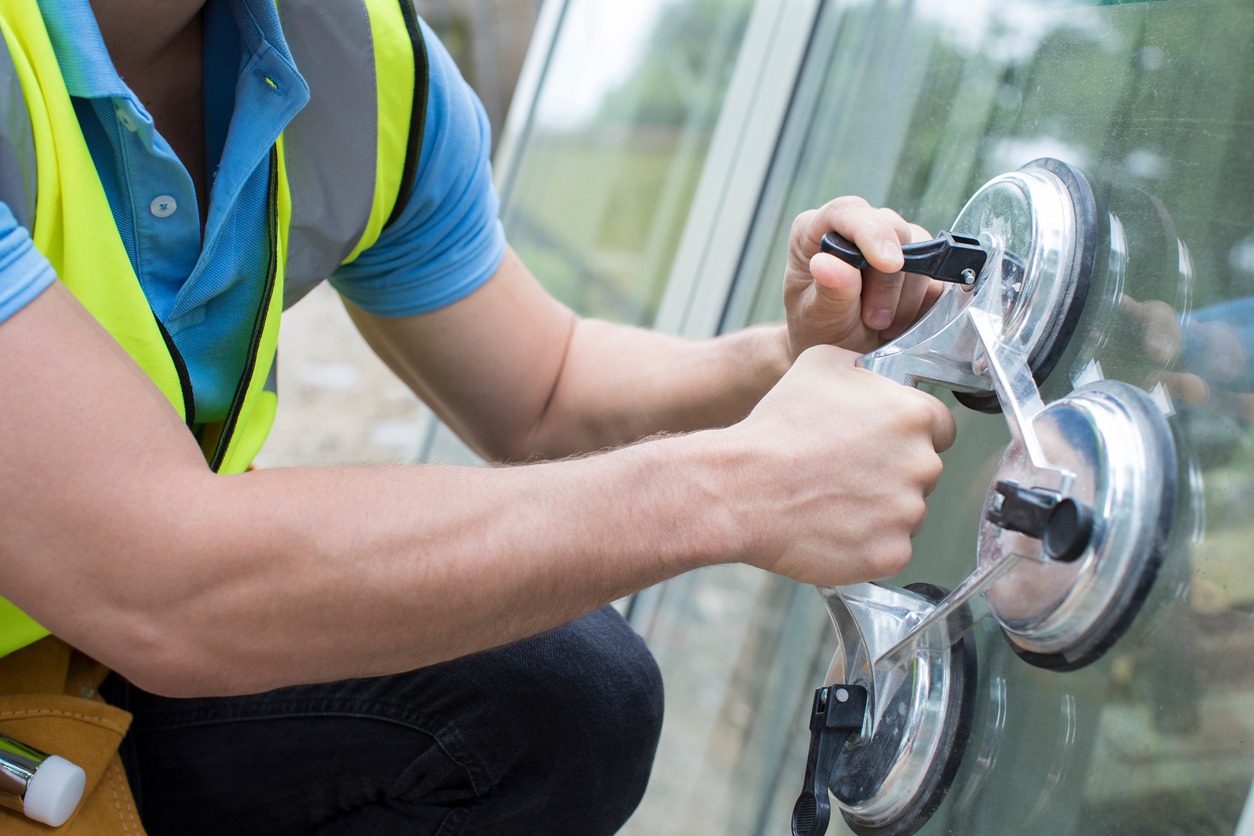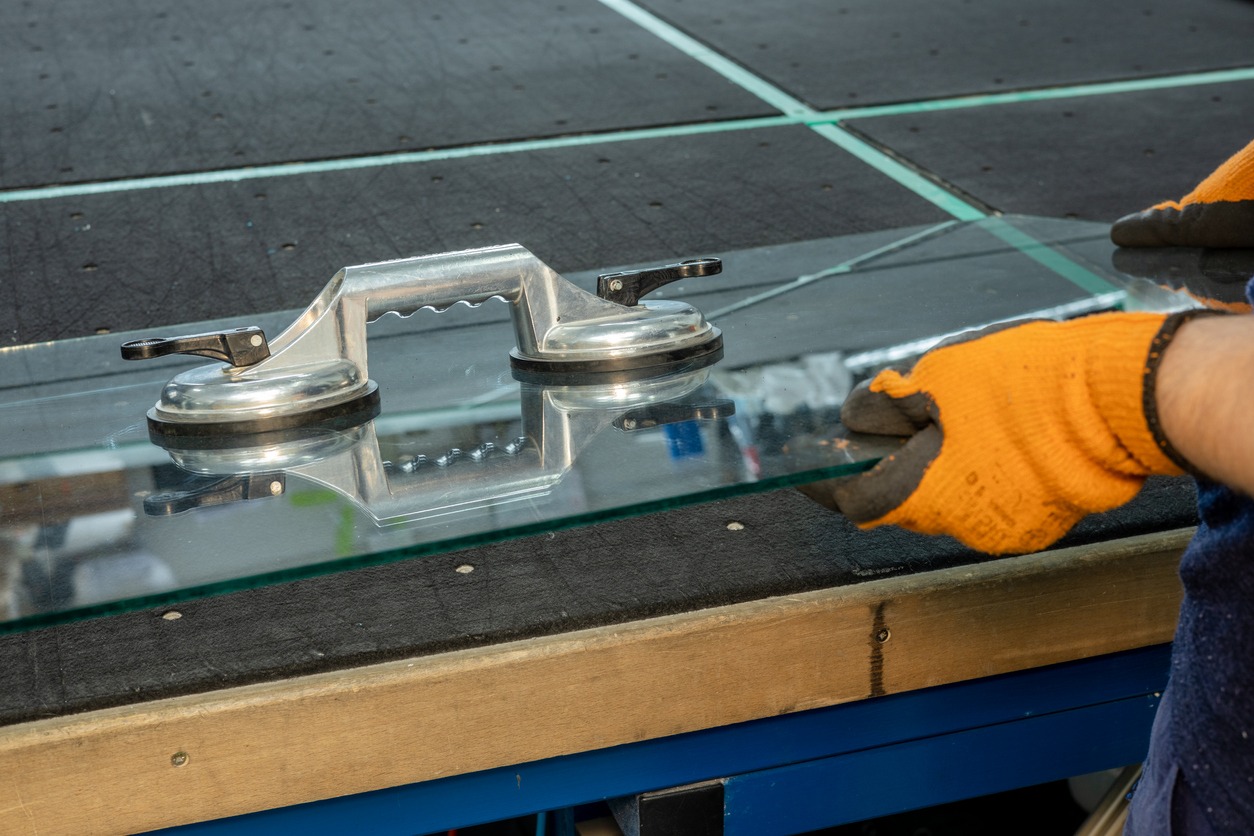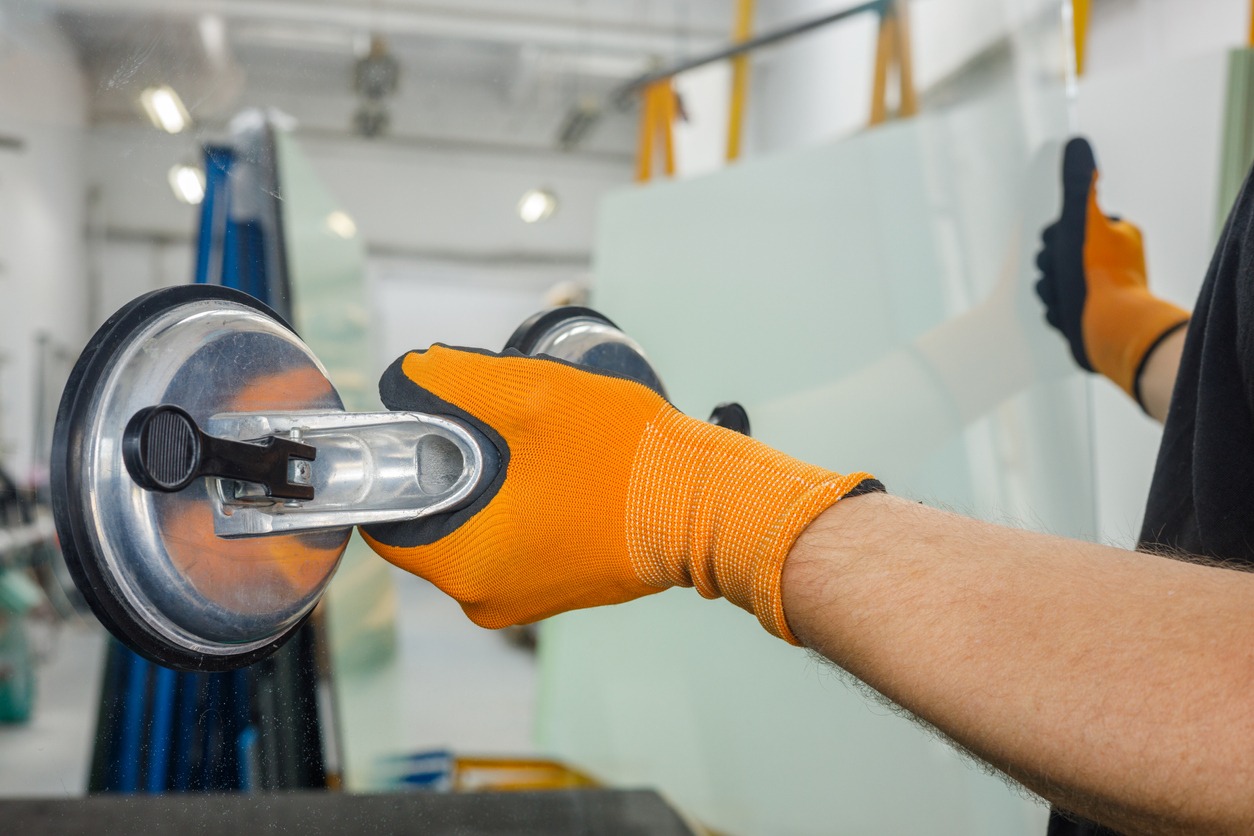Introduction
The incorporation of glass components into a wide variety of structures and applications is made much simpler with the help of glass connectors, which play an important part in the construction and design industries. Because of their ability to successfully combine aesthetics and functionality, they have become an indispensable component in contemporary architectural and interior design.
What are Glass Connectors?
Glass connectors, also referred to as glass clamps or glass fittings, are essential components in construction and architectural applications that involve the use of glass panels or sheets. Other names for glass connectors include glass clamps and glass fittings. However, in some contexts, glass fittings can be different from glass connectors. Read our article, Different Types of Glass Fittings: Everything You Need to Know, for more information on glass fittings and their uses. These connectors have been purpose-built to firmly hold and connect glass elements, thereby providing structural stability, safety, and an aesthetically pleasing finish. They are available in a wide range of configurations, sizes, and materials, which makes it possible for architects, designers, and builders to create cutting-edge and contemporary glass-based structures.
In the realm of construction, glass connectors play an essential part, particularly in the realm of modern and minimalist architecture, both of which make extensive use of glass as a primary structural component. Their primary roles consist of providing support for glass panels, making connections between those panels that are invisible to the eye, and ensuring the structural safety and integrity of the glass structure.
These connectors can be crafted from a variety of materials, including stainless steel, aluminum, and even glass; each of these materials offers distinct advantages in terms of durability, resistance to corrosion, and aesthetic appeal. Depending on the application and the design requirements, their appearance can range from straightforward clamps that serve a practical purpose to intricate fixtures that serve a decorative purpose.
Due to the adaptability of glass connectors, they can be utilized in an extensive variety of applications, such as balustrades, shower enclosures, glass canopies, partitions, display cases, furniture, and architectural features. They are an essential component of modern architecture as well as interior design because they enable the production of open, light-filled spaces as well as innovative structural solutions while still preserving the aesthetic appeal and safety of the building.
Uses of Glass Connectors
Glass connectors have a wide range of applications and can fulfill a variety of architectural and design needs, including the following:
1. Safety Barrier
Glass connectors are indispensable when it comes to the construction of safety barriers such as balustrades, railings, and partitions. These types of barriers require structural support, and glass connectors offer it without compromising the openness and transparency of the space.
2. Architectural Features
Glass connectors are frequently incorporated into architectural features such as glass canopies, facades, and skylights because they enable designers to create designs that are both innovative and visually striking.
3. Interior Design
Glass connectors are utilized for glass shelving, room dividers, and furniture in the field of interior design. These connectors provide functionality as well as a contemporary appearance.
4. Retail Details
In retail settings, glass connectors are used frequently in the construction of attractive and long-lasting display units that effectively showcase merchandise for customers to peruse.
5. Shower Enclosures
The stability and watertight integrity of glass shower enclosures are protected by glass connectors, which also contribute to an improved bathroom’s overall design.
6. Commercial Space
Glass connectors have a variety of uses in commercial settings, such as offices, hotels, and restaurants, where they are used to create glass enclosures and partitions that are aesthetically pleasing and functionally sound.
7. Residential Settings
In residential settings, glass connectors are utilized for the construction of glass staircases, frameless shower doors, and glass balconies, all of which contribute to the creation of modern and elegant living spaces.
8. Art and Sculptures
Connectors made of glass make it possible for artists to create glass sculptures and installations that are intricate and visually arresting.
9. Outdoor Activities
In outdoor settings, such as glass fences and canopies, glass connectors are used to protect from the elements while still preserving an open and inviting atmosphere.
10. Green Building
Glass connectors, when combined with glass that is efficient in terms of energy use, contribute to sustainable building practices by increasing the amount of natural light that enters a building and lowering the amount of artificial lighting that is required.
Connectors made of glass serve as versatile building blocks for contemporary design, offering a harmonious blend of form and function in their overall composition. Because of their capacity to offer safety, transparency, durability, and design flexibility, they have become an indispensable component in the realm of contemporary architecture and interior design. Glass connectors continue to be an essential component even though architectural trends are constantly shifting. These connectors make it possible to construct glass structures that are aesthetically pleasing, functional, and safe in a wide variety of contexts.
Types of Glass Connectors and their Uses
1. Glass Clamps
Use: Glass clamps are adaptable connectors that are typically used to hold glass panels in place at predetermined angles, most commonly at 90 degrees. Balustrades, railings, and partitions are typical applications for these architectural elements.
2. Glass Spigots
Use: Glass spigots offer a point of support at the bottom of glass panels, which allows for the panels to be anchored in place using the spigots. They are typically utilized in the construction of pool fencing and frameless glass balustrades.
3. Glass Standoff Fittings
Use: It is possible to leave a space between the glass panel and the mounting surface with the help of standoff fittings. To give the impression of floating or being elevated, they are frequently used in glass facades, signage, and glass displays.
4. Glass Pivot Hinges
Use: Glass pivot hinges enable doors made of glass to swing open and close in the same manner as conventional doors. They can be found in shower stalls, cabinet doors, and other types of glass doors.
5. Glass Shelf Brackets
Use: Glass shelf brackets are constructed to provide support for glass shelves, resulting in an appearance that is both simple and contemporary. They can be found in retail displays, as well as in bathrooms and kitchens.
6. Glass Spider Fittings
Use: In curtain walls and glass canopies, spider fittings are utilized to provide support for the glass panels as well as connect them. Large-scale architectural applications typically make use of them in some capacity.
7. Glass Patch Fittings
Use: Glass patch fittings are what are used for frameless glass doors. These fittings provide the door with hinges, locks, and handles while still preserving the door’s minimalistic appearance.
8. Glass Corner Connectors
Use: The purpose of glass corner connectors is to join glass panels at corners in such a way that the finished product appears seamless and aesthetically pleasing. They are utilized in the construction of glass showcase cabinets as well as shower enclosures.
9. Glass Channel Systems
Use: By securing the glass panels within horizontal and vertical channels, glass channel systems are used to create frameless glass walls or partitions. These walls or partitions can be either interior or exterior. They are frequently used in interior design and office settings.
10. Glass Railing Systems
Use: To construct safe and aesthetically pleasing glass railings for balconies, decks, and staircases, glass railing systems consist of a variety of connectors, clamps, and spigots that are combined to form the railings.
11. Glass Canopy Fittings
Use: Glass canopy fittings are utilized in the process of supporting and connecting glass panels that are utilized in the construction of overhead canopies and shelters. These structures offer protection from the elements while also allowing for the transmission of natural light.
12. Glass Signage Fixings
Use Glass signage fixings are used to mount glass signs or displays and are mostly found in commercial and retail settings because of the sophisticated and up-to-date appearance they provide.
These are just some of the common types of glass connectors, and their applications can differ greatly depending on the structural and design requirements of a project. Aesthetics, load-bearing capacity, safety regulations, and application in architectural and interior design are some of the considerations that go into selecting the appropriate glass connector.
Benefits of Using Glass Connectors
As a result of the many advantages offered by their utilization in building and architectural applications, glass connectors have emerged as an indispensable element in contemporary design and building practices. The use of glass connectors comes with several vital benefits, including the following:
1. Aesthetic Appeal
Glass connectors contribute to the streamlined and contemporary appearance of structures made primarily of glass. They produce smooth lines and a seamless appearance, which contributes to an increase in the design’s overall appeal to the eye. Glass connectors can be designed in a wide variety of styles and finishes to accommodate any architectural motif that may be required.
2. Transparency and Light
The utilization of large glass panels, which permits an abundance of natural light to penetrate interior spaces, is made possible by glass connectors. This transparency helps to create an open and airy atmosphere, which gives the impression that the space is larger and more welcoming. It also contributes to the conservation of energy because it lessens the demand for artificial lighting during the day.
3. Safety
Glass connectors are engineered to firmly fasten glass panels in place, preventing the panels from shifting in their positions or fracturing accidentally. This improves safety, in applications such as balustrades, railings, and partitions where people might come into contact with the glass.
4. Durability
Glass connectors are typically fabricated from metals such as stainless steel or aluminum, which are materials that are resistant to corrosion and are strong. Because of this durability, the connectors can withstand the effects of the environment as well as the passage of time, which makes them suitable for use in applications located both inside and outside.
5. Versatility
Glass connectors are available in a wide variety of types and designs, which enables them to be used in a myriad of contexts. They are adaptable to a variety of design requirements and building needs and can be used in a variety of applications, such as shower enclosures, canopies, partitions, and balustrades.
6. Ease of Installation
A variety of glass connectors are constructed to facilitate an easy installation process. They frequently come with components that can be adjusted, which makes it much simpler for installers to accurately level and align glass panels.
7. Minimal Maintenance
Glass connectors typically only need to be cleaned and inspected on an as-needed basis to maintain their integrity. This type of maintenance is minimal. Because their long-lasting construction materials are resistant to rust and wear and tear, they require less routine maintenance.
8. Design Flexibility
Glass connectors provide architects and designers with the opportunity to explore original and inventive design possibilities. They make it possible to incorporate glass into a variety of structural elements, which paves the way for solutions that are one-of-a-kind and can be tailored to specific needs.
9. Compliance with Building Codes
Glass connectors are designed to meet safety and building code regulations, which ensures that structures made primarily of glass comply with local building standards and regulations.
10. Environmentally Friendly
Glass is a material that can be recycled, and many glass connectors are made from metals that can also be recycled. This helps contribute to construction and design that is sustainable and friendly to the environment.
11. Sound Insulation
It is possible to design certain glass connectors to have sound insulation properties, which will reduce the amount of noise that is transmitted in areas where maintaining privacy or controlling noise is a priority.
12. Enhanced Property Value
The incorporation of glass connectors into the architectural and interior design of a building can contribute to an increase in the property’s value. The resale value and marketability of a property are typically improved when they contain contemporary and appealing design elements.
In construction and architectural applications, glass connectors provide advantages not only from an aesthetic and functional perspective but also from a practical and economical perspective. Because of their capacity to offer safety, transparency, durability, and design flexibility, they have become a popular option in the design of contemporary buildings and interior decor.
Conclusion
Glass connectors are components that are necessary for the construction and architecture of modern buildings. These versatile fixtures combine functionality and aesthetics, making it possible for architects, designers, and builders to take advantage of the beauty of glass while still preserving the integrity of the structure and ensuring that it is safe.
In contemporary architectural design, glass connectors are a great example of how form and function can be harmoniously combined. Their utility is continually expanding, which pushes the boundaries of design possibilities and helps contribute to the development of architecturally alluring, functional, and safe glass structures. In the realm of modern construction and design, glass connectors continue to be an indispensable cornerstone that can be found in a variety of settings, including residential dwellings, commercial venues, and public spaces.





